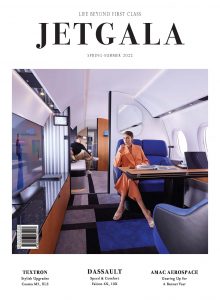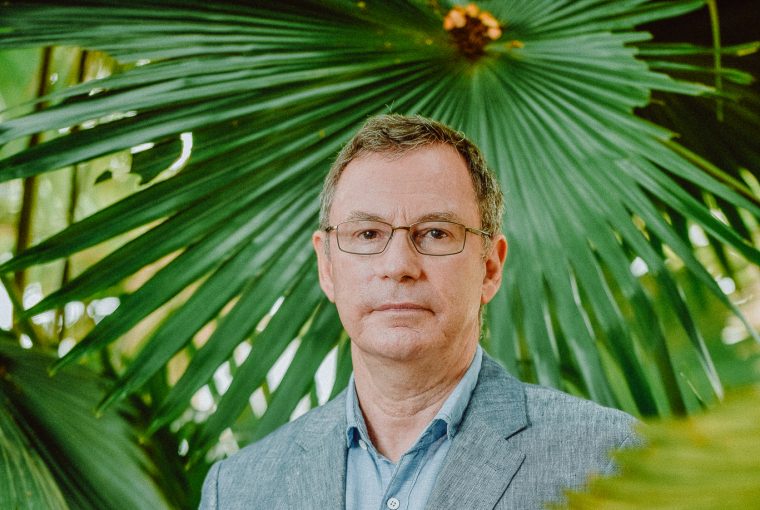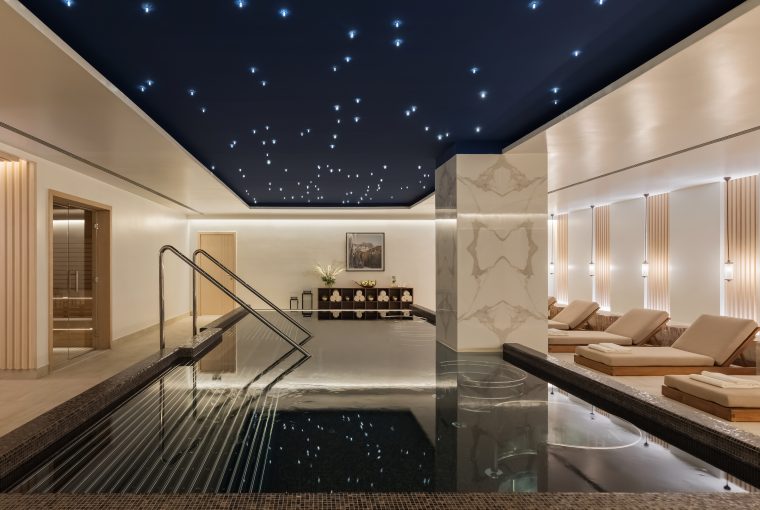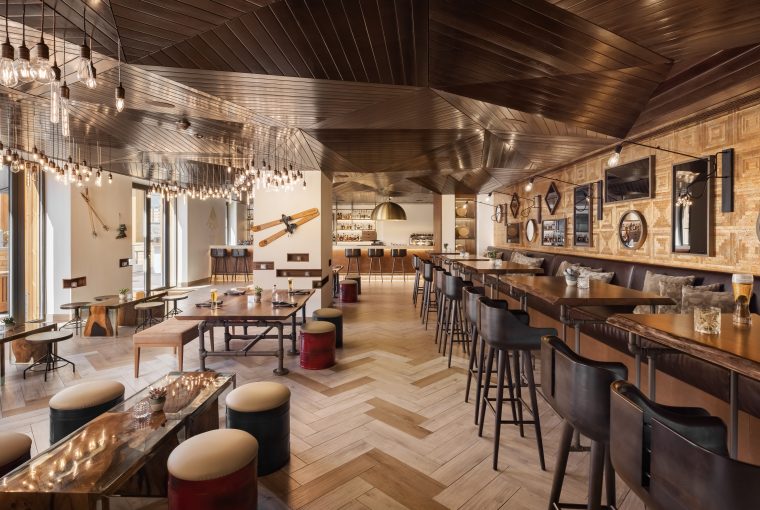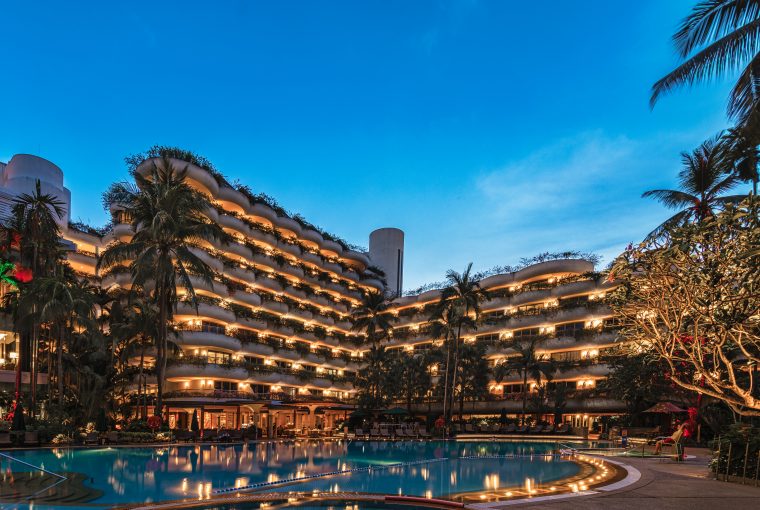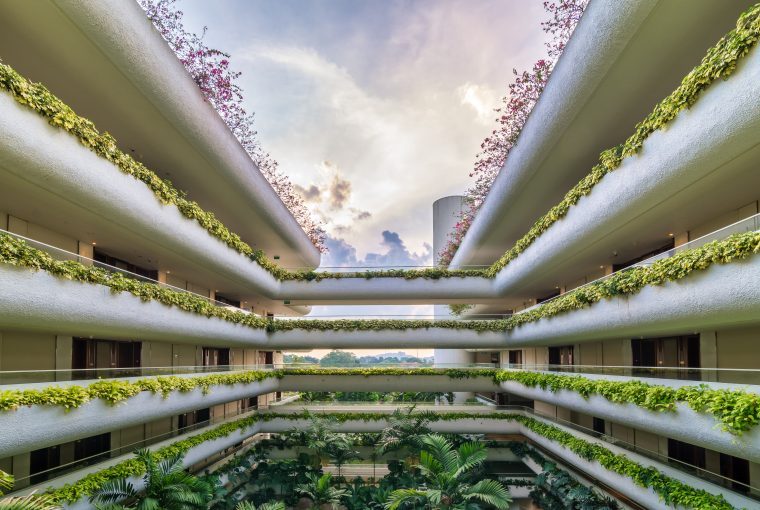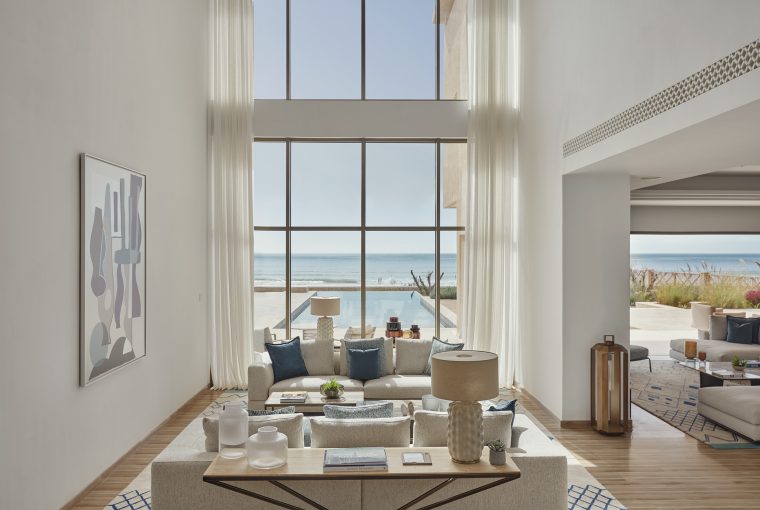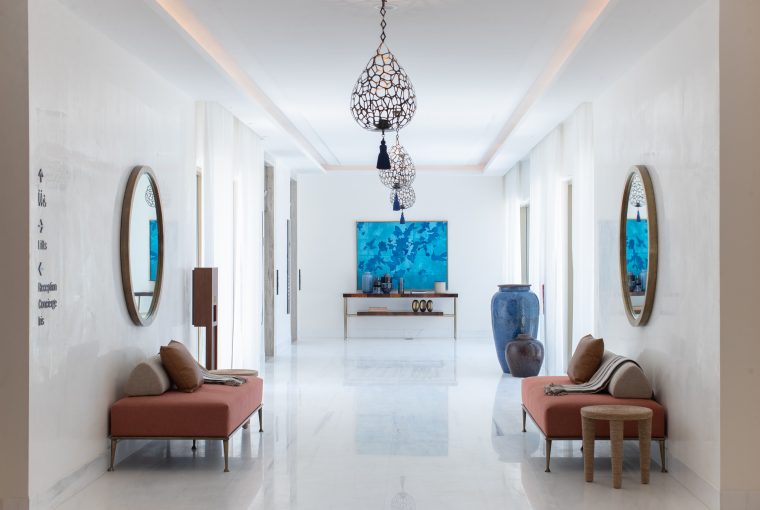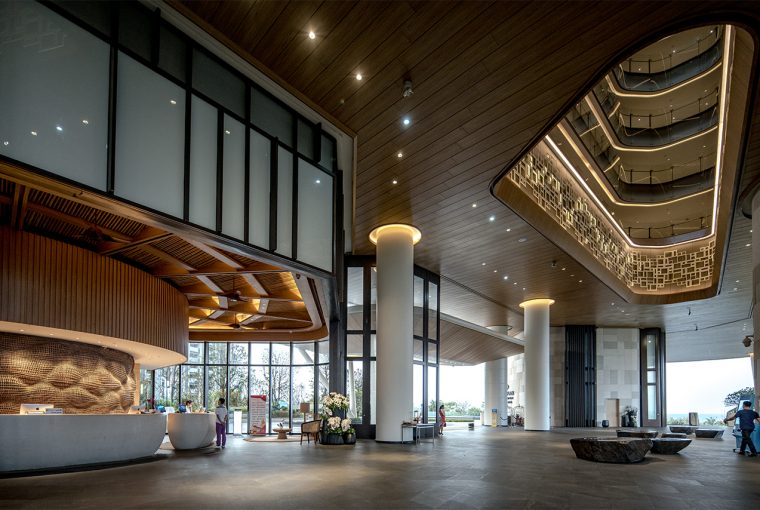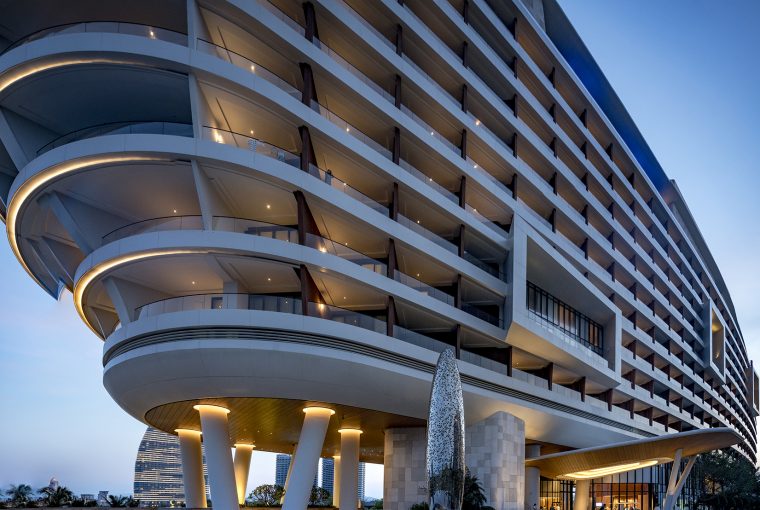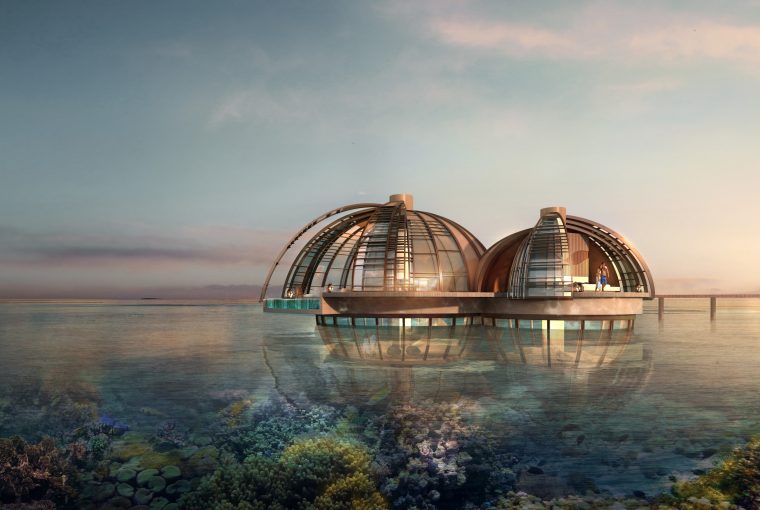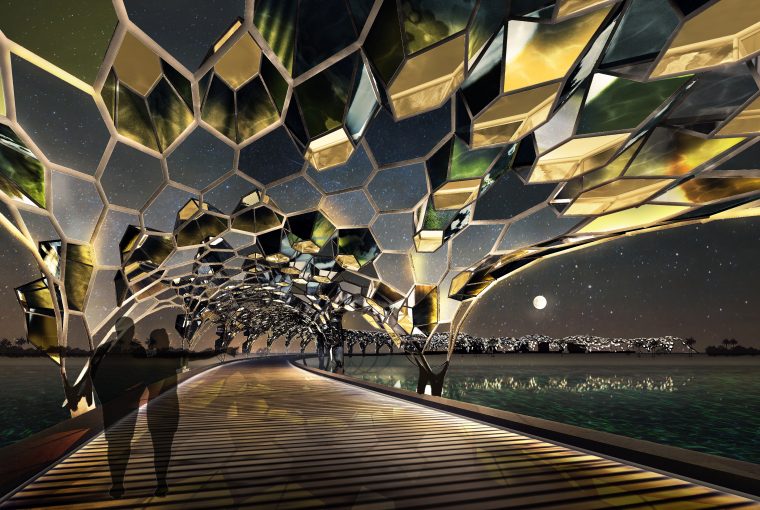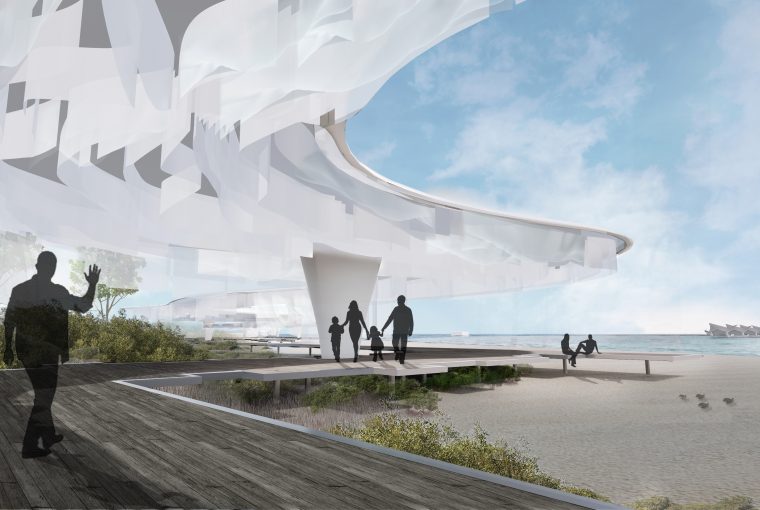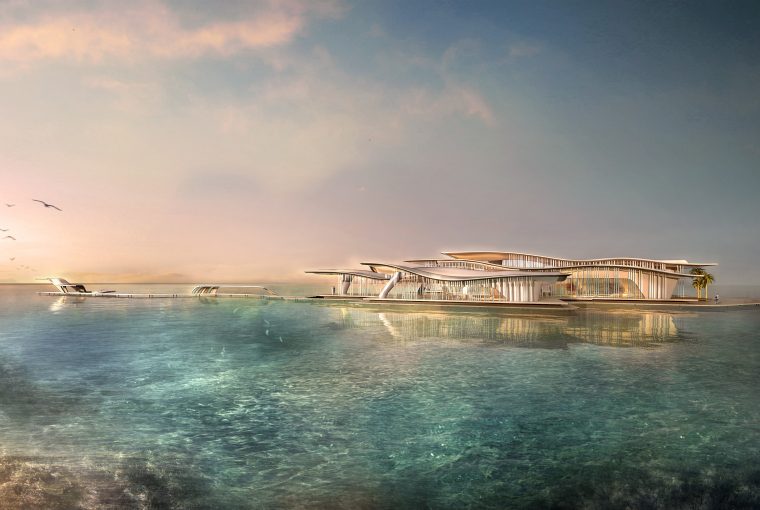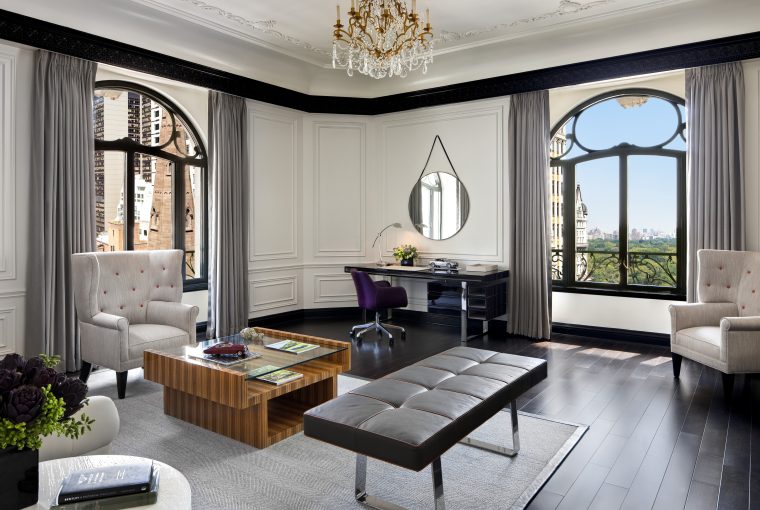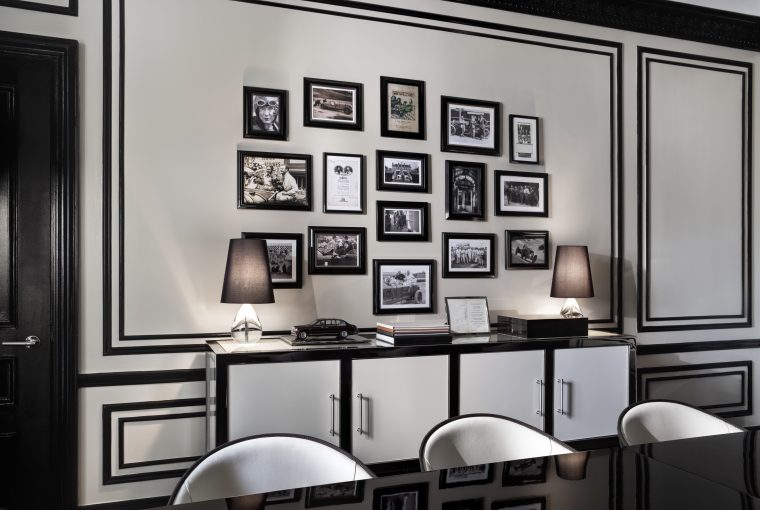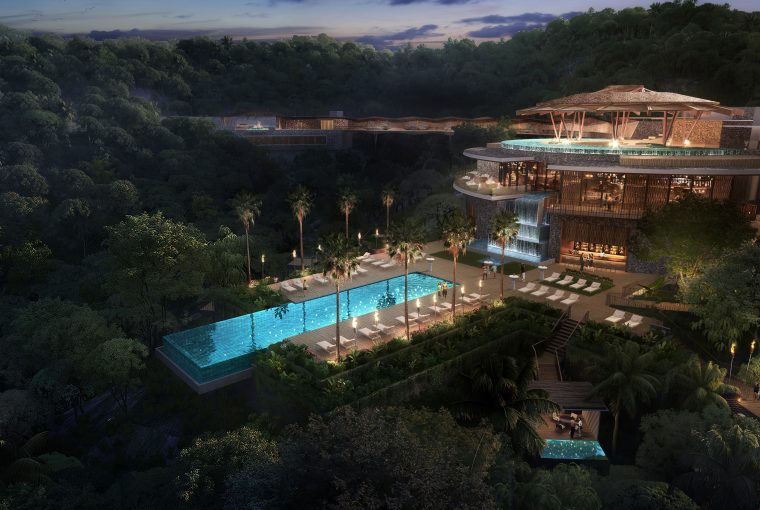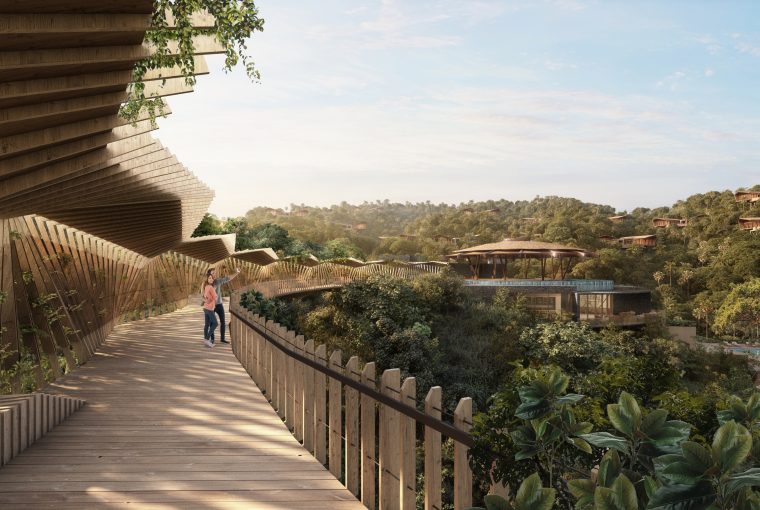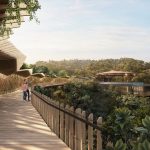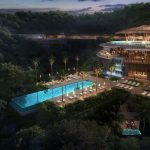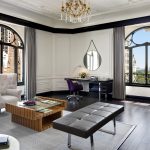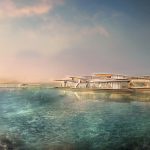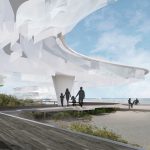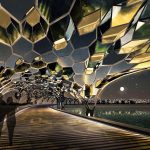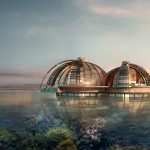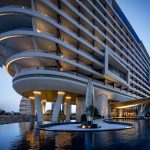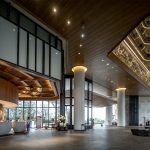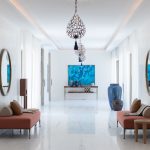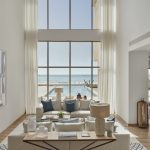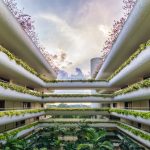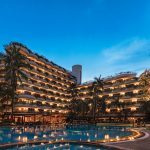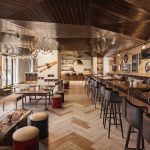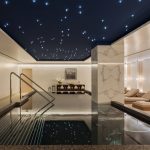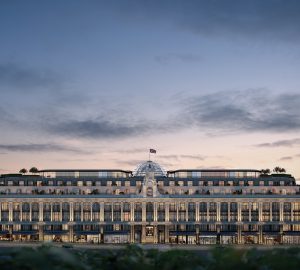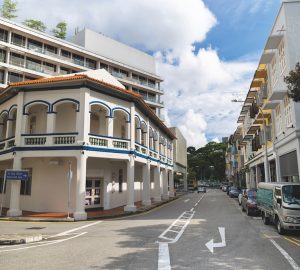HOW THE LUXURY EXPERIENCE IS EVOLVING
Luxury is undergoing profound changes partly in response to the challenges we face in the aftermath of the pandemic
Interview by Marc Almagro, photos courtesy of WATG and Wimberly Interiors
Posted on 9 May 2022.
The concept of luxury goes through persistent transformation and nowhere is this more apparent than in design. From articulation to fabrication, production and application, luxury is communicated in quite obvious ways among design spaces and objects.
We reached out to Robert Day, Senior Vice President and Managing Director Asia Pacific at multidisciplinary design firm WATG, to talk about the swing of things in luxury architecture and interior design.
There’s a collective shift towards a vision of luxury that is mindful of the natural environment, respectful of cultures and diversity, and leaning towards experience rather than mere material gratification. Does it still hold true?
The short answer is yes—a growing number of people have an appreciation for sustainability, an interest in different communities, and a care for the well-being of future generations and the planet. When we are talking real luxury, it becomes a natural question: “If I can (and do) buy whatever I want, once I have it all, what is next? Where do I look for satisfaction? What is new?”
There are distinct indications that this is in the experiential and inner-wellness arenas, and these trends were booming even pre-pandemic. Consumer-based luxury still has its place, of course, but we’re all becoming more conscious of our choices.
However, in a tourism and hospitality context, the flipside is that many of the destinations now sought out for the more ‘authentic’ experiences are remote. Carbon offsetting alone isn’t enough to truly mitigate the impacts of tourism. So, how can we move the sustainability conversation beyond the micro-scale while continuing to provide experiences?
Designers of all kinds—from master planners to landscape architects, architects, interior designers and beyond—have a crucial role to play in this. We’re lucky at WATG as we offer all these services, along with strategy, which enables us to consider projects holistically – from the ground up.
What is luxury in general? Has this definition changed because of the pandemic, and if so, what are the characteristics of these changes?
Luxury is often about choice. Being able to choose—what you want, where to go or what to eat—is a luxury in itself.
While the pandemic hasn’t changed the definition of luxury per se, it has caused a shift in our priorities. It has been redefined, perhaps. Physical space, a desire for the outdoors, and the means to ‘escape’ and be away from the madding crowd is one such area—to the point where distancing may become a natural phenomenon.
No more crowding on the Rialto Bridge, the ramparts of Dubrovnik or the temples of Cambodia, but rather new destinations such as the Arctic. It may also mean special opening hours for those who are willing to pay for the solitude, experience, and exclusivity, and with it the additional funding going to the community, restoration or local regenerative projects and initiatives.
Inherently, these one-off experiences also lead to the hyper-personalisation of everything: take for example the rise in curated travel itineraries.
But the one thing we can’t get more of is time. The uber-luxury market has always been about making the most of every moment, but this is now trickling out into the three per cent and resulting expanding market.
We are all familiar with the Ralph Waldo Emerson quote, “It’s not the destination, it’s the journey”, but we are often impatient and don’t see the bits in between, leading instead to a series of moments. The rise of social media platforms like Instagram have only exacerbated this.
Therefore, perhaps the new real luxury is having the time—and the inclination—to stop, savour and immerse yourself into the culture, the environment and the moment. And to feel good about your choices in the process.
What can you say about the way luxury is being articulated today? What are the signifiers of the new concept of luxury?
Luxury space is no longer just nice aesthetics and new technology. It’s about design which cares not only for the physical well-being of our guests, but their emotional and mental states as well, and health more broadly—both of people and planet. The pandemic affected us all and has recalibrated our need for design that includes the acknowledgment of all our senses.
How are your clients responding to the changes in the way we view luxury? What are your clients looking for accordingly?
It’s very much about regenerative sustainability and physical space. In Southeast Asia, we are working at the master planning and landscape architecture scale to ensure an overall carbon neutral development. Collaborating with allied specialist consultants and the client, we are developing an island wide regenerative strategy through on-site reforestation and carbon sequestration.
In Saudi Arabia, we’re coupling uninhibitedly striking design with strong sustainable intent in a remote environment—deploying strategies such as ultra-light building footprints and the re-introduction of ancient passive cooling and orientation techniques to catch breezes and minimise heat gain, ensuring that one does not come at the cost of the other.
We’re also currently researching a model to understand how much space is needed to create a fully self-sustainable, farm-to-table concept hotel, where no produce at all is brought in from the outside and all waste is utilised.
What challenges do you face in articulating a new concept of luxury? How do you work around these challenges?
Avoiding greenwashing and acknowledging the inherent contradictions of this new concept of luxury without losing sight of the progressive, innovative initiatives that are emerging is an ongoing challenge for the tourism and hospitality industries.
For example, how do you develop an eco-resort that can only be accessed by air? Truly meaningful, regenerative design solutions are creative, satisfying and future-proof. WATG founder Pete Wimberly pioneered this approach as early as 1945—regionally, the Shangri-La Hotel Singapore Garden Wing from 1978 is a great example.
Balancing the short-term needs of stakeholders and the long-term needs of the planet and local community is not always easy. Increasingly, though, clients, especially high-net-worth individuals, are looking to leave a legacy, for which there are huge opportunities in the new luxury market.
Our communications with clients always touch on the emotional needs and experiences of the end-user and a development’s impact on the planet, versus a design narrative only. Where we can think ahead and demonstrate the value of these strategies at the very beginning, it becomes a win-win.
ABOUT WATG
Founded by George ‘Pete’ Wimberly in Honolulu in 1945, multi-disciplinary design firm WATG has grown into one of the world’s leading design firms. It specialises in hospitality, entertainment + gaming, urban + mixed-use and high-end residential design.
Meanwhile, its design studio, Wimberly Interiors, was founded in 2011 and has been the recipient of several prestigious awards for hospitality, entertainment and residential design.
WATG and Wimberly Interiors have designed over 500 built projects on behalf of distinguished clients and brands including Accor, Belmond, Blackstone Group, China Jinmao Group, China Merchant, Chimelong, Dune Real Estate Partners, Emaar, and Four Seasons, and many more.
